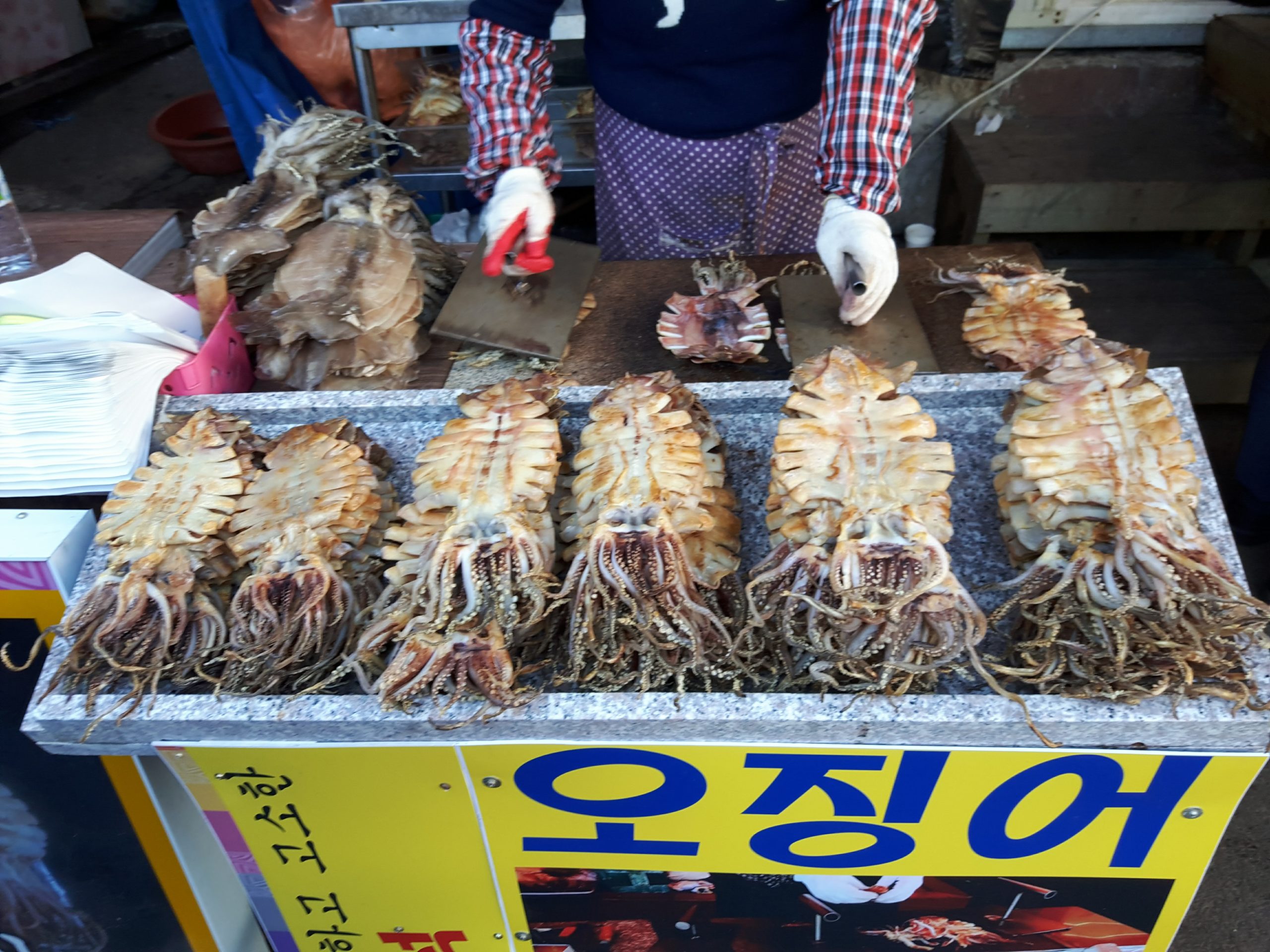
One of the most beautiful things about traveling is diving into new food. Food is the unique language of a country. It demonstrates a spectrum of how life is lived through traditions, beliefs, religion, ideologies, and customs and opens your mind to a new reality that enhances your knowledge and experience in the host country or community. It’s all (or a lot of it) spoken through food.
If we pause and pay attention to the details within food cultures, paying attention to where meals are being eaten, when certain meals are eaten, how they are eaten (forks, chopsticks, spoons, hands, or other means), who eats them, how they are made, etc., it all links to a deeper reality of the traditional daily lifestyle in respect to every aspect that affects the creation of these meals, and all humans around the world. It’s beautiful and delicious and if interested, a lot can be learned in one simple bite.
I may be over-analyzing this, however, through meal experiences I have discovered that a lot can be learned about a country through their food culture, and it can be difficult attempting to understand cultures without diving into the journey of life processes that lead to that specific meal being served on your plate today or in your previous visit.
Traveling at home:
Pushing or crossing boundaries (such as food) does not need to be via a luxurious or expensive trip overseas. In many cases, crossing boundaries within your own hometown or nearest city can take you to a new area that you haven’t experienced or traveled to before. And exploring the spaces nearest to us can help bridge the gaps that separate us. If we add a bowl or meal from an authentic restaurant nearby, ask a friend to cook you an authentic dish of his/her ancestors, then we are already winners and have begun doing the work towards expanding our horizons and pushing our boundaries.
Tasting Asia:
Asia and its nations, just as every other region in the world, use what their lands can most easily cultivate. As a Mexican traveling in Asia, I learned about frustrations with the scarcity of ingredients that were home to me, but in that process I was able to hone in on the new experiences with different products and spices. Through this adventure, I learned to appreciate the intricacy of Mexican food and welcome an entirely new taste palate I now hold very close to home.
One thing I learned is diversity. And the absolute beauty in that.
For example, when comparing Indian and Japanese cuisine we can easily recognize the distinct flavors of these meals. Thinking of these two types of food cultures can not only show you how different the flavors are to western food, but how big the difference can be between each other, both Asian countries.
Suggestion: I recommend watching “Street Food”. A Netflix docuseries that heightens the best street food and chefs of various countries in Asia and Latin America.

Crossing our own boundaries
In a world where there is so much emphasis on our differences, we can easily forget about all the things that bring us together. It’s important to challenge our own biases and explore outside our comfort zone in order to learn more about our neighbors and ultimately, ourselves. Having the opportunity to be proven right or wrong is part of a journey that welcomes growth, challenges our confirmation biases, and reminds us how we don’t always have all the answers. Thank goodness for that. We can all benefit from what others have to offer. Food is just one great way of crossing boundaries and getting your savory fix at the same time.
community – enjoying a shared meal with your guests is a romantic way to welcome each other in the safe space you each hold and offer.

Korean meals usually consist of multiple side dishes that are available for everyone sitting at the table. You’ll also enjoy using flat metal chopsticks during your meals. A challenge I urge you to welcome, as a result, I now happily own a pair in my cupboard. Side dishes placed in small palm-sized dishes range from kimchi (김치) to fried mini fish. The side dish options alone can be its own journey. Korean meals typically have one main dish as well, also shared with the whole party, whether it be pork bbq (삼곂살) or bulgogi (불고기) cooking in the center of the table over a frying pan, it’s a communal dish.
Some of my favorite dishes in this cuisine include:
- Kimchi Stew (known locally as Kimchi Jjigae 김치찌개) is a traditional simple stew of kimchi, onions, your choice of meat, shiitake mushrooms, tofu, Korean chili flakes and paste, garlic, soy sauce and spices. Served with a side of sticky white rice.
- Bibimbap – Korean rice bowl assorted with chili paste, steamed veggies, bean sprouts, an egg, kimchi
- Kimchi Jeon (김치전). A savory kimchi pancake.
- Dakgalbi – chicken and spicy sauce dish with rice cake topped with mozzarella cheese.
- Gimbap – A Korean rice roll (similar concept as sushi)
- Samgyeopsal – pork BBQ with assorted side dishes (haven’t had any since i turned veggie in 2017)
Vietnam hosts its array of unique savory flavors. Unlike anything their neighboring countries offer, Vietnam’s affordable dishes and abundant options of vegetable x rice left me more than satisfied during my trip. I found myself diving into a savory explosion of salty with sweet. Famous for its street food, Vietnam is a hard miss when it comes to finding some really delicious, affordable meals. I know my stomach and wallet were both dancing together in celebration at the end of each day. I hear the Bánh Mì is hot on the street food selection. 25 cent beer cups was also a big win for me. I couldn’t get enough of their coffee and spring rolls. Hostels were very accomodating in the breakfast department and I easily got my daily morning dose of delicious coffee.
- Phở – noodles and broth soup
- Bún chả – grilled pork and noodle dish
- Bánh Mì – meat sub sandwich
Thailand is easily a top “can’t go wrong” cuisine. It must be the simplicity of the Pad Thai or curry flavors that are anything but simple. And their brothy soups are unexpectedly tangy. It must be all the lemongrass. Whatever it is, it’s amazing. And to top it off, they are also famous for their street food. Thailand is a worldwide known cuisine for a valid reason. All I know is that when I don’t know how to use the lemongrass growing in the backyard I could just look up a typical Thai dish to answer my doubts. Ending a meal with mango sticky rice is a no-brainer.
Japan’s cuisine is always a go-to for me. Cold weather = ramen. Feeling under the weather = ramen. Anything and everything = ramen. After visiting Japan I experienced how delicious and delicate every dish is. Gyozas were always a yes pre-veggie. Takoyaki is a must-try at least once, even if you don’t like squid. You can never go wrong with sushi, and nowadays we can get vegan sushi and ramen options at some restaurants. Although I’m not inclined to cook Japanese food myself, I’ll stick to enjoying this cuisine in an authentic restaurant whenever I get the craving.
As a newfound vegetarian, I found myself missing out on a lot of staple foods throughout my travels, especially those in Asia. Although I have no regrets about missing out on some unique dishes I do believe that missing out on some of these dishes made me change my perspective on meat dishes when traveling and so now my perception has also shifted. I’ve made the decision to let myself try a bite of some of the most popular dishes in countries to allow myself the experience in the flavor of their culture. Since changing my perspective I saw myself being picky about what I do try. When I was in Argentina I had a bite of my friend’s meat sub and opted out on everything else. discovering your limits is an important part of any process. I encourage everyone, with a specific diet or not, to challenge themselves in trying some of these dishes because who knows what they may do for you and it’s all part of the traveling experience, right?
Happy Eating
Asia | Culture | Food | Recommendations | Travel | Travel Tips

Author
Natalie Amezcua








0 Comments